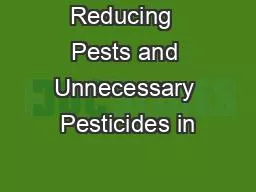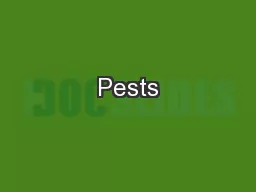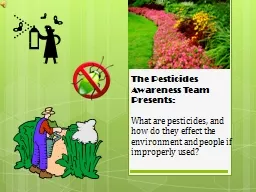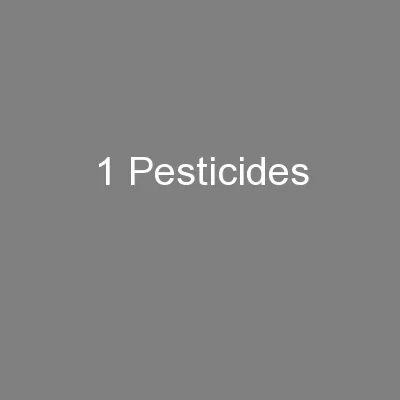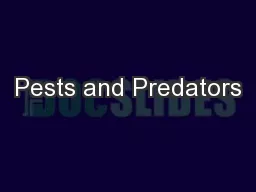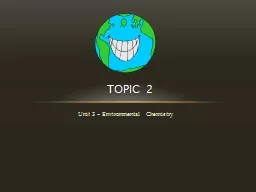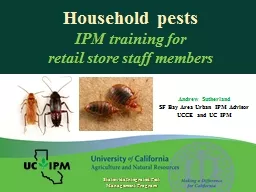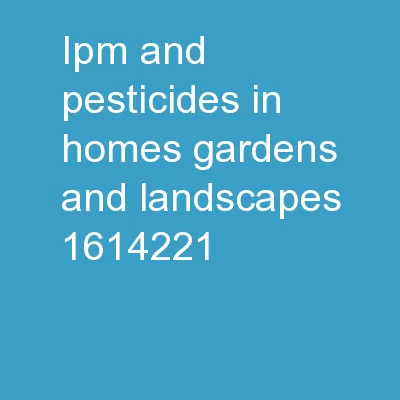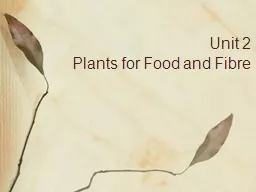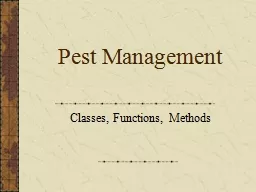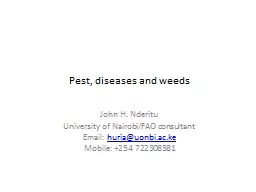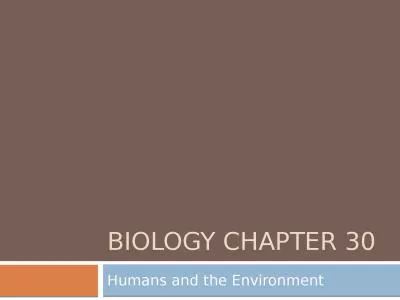PPT-Reducing Pests and Unnecessary Pesticides in
Author : partysilly | Published Date : 2020-08-05
Schools EPAs School IPM Program Sherry Glick EPAs Center of Expertise for School IPM Office of Pesticide Programs NEHA AEC June 2016 San Antonio Texas EPA Administrators
Presentation Embed Code
Download Presentation
Download Presentation The PPT/PDF document "Reducing Pests and Unnecessary Pesticid..." is the property of its rightful owner. Permission is granted to download and print the materials on this website for personal, non-commercial use only, and to display it on your personal computer provided you do not modify the materials and that you retain all copyright notices contained in the materials. By downloading content from our website, you accept the terms of this agreement.
Reducing Pests and Unnecessary Pesticides in: Transcript
Download Rules Of Document
"Reducing Pests and Unnecessary Pesticides in"The content belongs to its owner. You may download and print it for personal use, without modification, and keep all copyright notices. By downloading, you agree to these terms.
Related Documents

